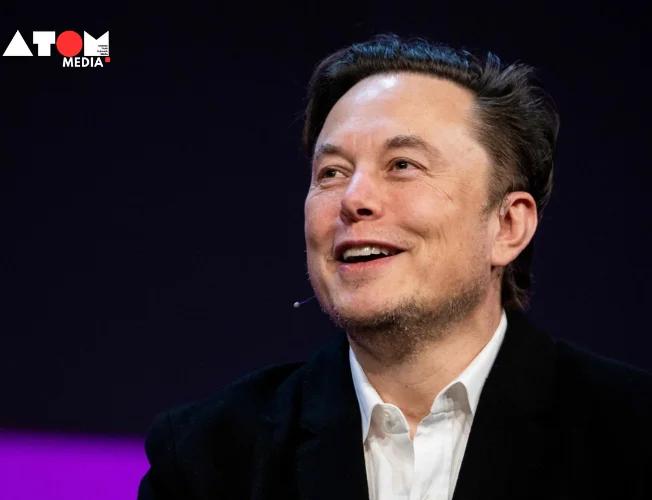Elon Musk, the founder of SpaceX, recently made remarks regarding Boeing’s long-awaited first piloted launch of its Starliner spacecraft. Scheduled for Monday night, the launch marks a significant milestone for Boeing after years of delays and setbacks. However, Musk’s comments shed light on the contrasting timelines and outcomes between SpaceX’s Crew Dragon and Boeing’s Starliner projects, raising questions about the efficacy of their respective development processes.
Background of Boeing’s Starliner Launch
Boeing’s Starliner spacecraft is set to embark on its first piloted launch, named Crew Flight Test (CFT), with astronauts Barry “Butch” Willmore and Sunita “Sunni” Williams on board. Despite receiving a larger budget of $4.2 billion from NASA compared to SpaceX’s $2.6 billion, Starliner has faced numerous challenges and delays in its development journey.
Elon Musk’s Remarks
Ahead of Starliner’s first crewed launch, Elon Musk took to social media to comment on the contrasting timelines between Boeing and SpaceX’s spacecraft projects. Musk highlighted that despite Boeing’s larger budget allocation, SpaceX managed to complete its Crew Dragon project four years ahead of schedule. He attributed this discrepancy to what he described as “too many non-technical managers at Boeing.
Comparison of SpaceX and Boeing’s Projects
SpaceX’s Crew Dragon project surpassed Boeing’s Starliner to the launchpad in 2020, despite receiving less funding from NASA. Over the years, SpaceX has successfully conducted 13 piloted Crew Dragon flights, demonstrating the efficiency and efficacy of its development process. In contrast, Boeing faced setbacks, including a failed uncrewed flight test in 2019, leading to delays in its timeline.
Insights from Industry Experts
Elon Musk’s remarks prompted discussions among industry experts, with some echoing his sentiments about Boeing’s management structure and development approach. Eric Berger, Senior Space Editor at Ars Technica, delved into the reasons behind Starliner’s delays, citing structural inefficiencies and technical challenges as contributing factors.
Analysis of Boeing’s Development Challenges
Boeing’s journey with Starliner highlights the complexities and challenges associated with developing spacecraft for manned missions. Issues such as software glitches and propulsion system problems have plagued the project, raising concerns about Boeing’s ability to deliver on its commitments to NASA and the broader space exploration community.
Reflections on NASA’s Commercial Crew Program
NASA’s decision to award contracts to both Boeing and SpaceX as part of its Commercial Crew Program aimed to foster competition and innovation in the space industry. However, the contrasting outcomes of the two projects underscore the importance of effective project management, technical expertise, and organizational agility in achieving successful mission outcomes.
Future Implications for SpaceX and Boeing
As Boeing prepares for Starliner’s first crewed launch, the company faces heightened scrutiny and expectations from stakeholders. Meanwhile, SpaceX continues to lead the way in commercial space travel, leveraging its proven track record and technological advancements to further its objectives in space exploration.
Read more: Marketing News, Advertising News, PR and Finance News, Digital News





